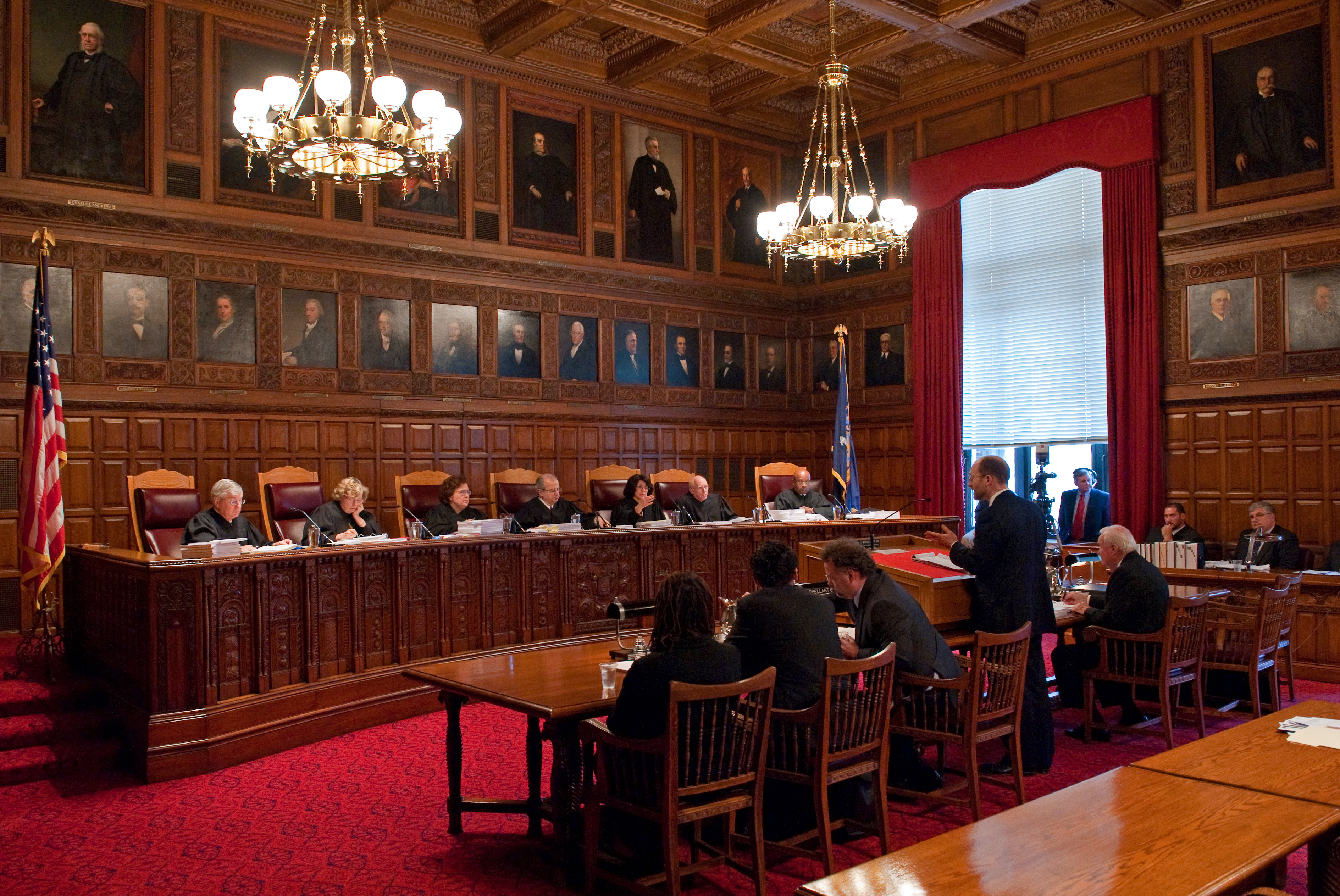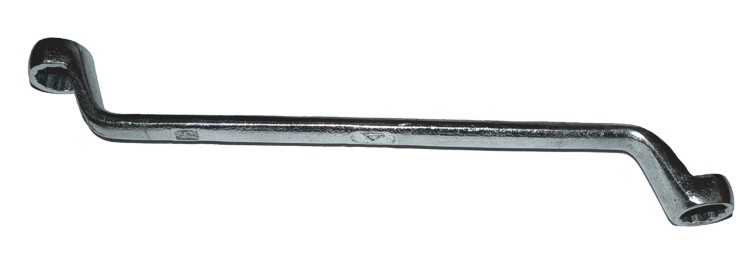|
Matsukawa Derailment
The occurred at 03:09 AM on August 17, 1949 when a Tōhoku Main Line passenger train derailment, derailed and overturned between Kanayagawa Station, Kanayagawa and Matsukawa Station, Matsukawa stations in Fukushima Prefecture of Japan, killing three crew members. Together with the Mitaka incident, Mitaka and Shimoyama incidents, it was one of three major criminal cases involving allegations of sabotage blamed by the government on the Japanese Communist Party and the Japan National Railway Union in the immediate post-war era. Twenty people were arrested and seventeen were convicted in 1953 (four of whom received death sentences), but eventually all were acquittal, acquitted on appeal, and the case was closed without determining the real cause in 1970. In 2009, Fukushima University announced that archive files detailing the incident were made public. Overview and investigation At 03:09 AM on August 17, 1949, one month after the Mitaka incident, a Tōhoku Main Line passenger train ... [...More Info...] [...Related Items...] OR: [Wikipedia] [Google] [Baidu] |
Kanayagawa Station
is a railway station in the city of Fukushima, Fukushima, Fukushima, Fukushima Prefecture, Japan operated by East Japan Railway Company (JR East). Lines Kanayagawa Station is served by the Tōhoku Main Line, and is located 264.0 rail kilometers from the official starting point of the line at Tokyo Station. Station layout The station has one island platform connected to the station building by a footbridge. The station has a ''Midori no Madoguchi'' staffed ticket office. Platforms History The station opened on October 18, 1909. The Matsukawa derailment, an alleged sabotage that resulted in the derailment of a train, occurred near the station on August 17, 1949. The station was absorbed into the JR East network upon the privatization of the Japanese National Railways (JNR) on April 1, 1987. Passenger statistics In fiscal 2018, the station was used by an average of 2886 passengers daily (boarding passengers only). See also * List of Railway Stations in Japan References ... [...More Info...] [...Related Items...] OR: [Wikipedia] [Google] [Baidu] |
Ueno Station
is a major railway station in Tokyo's Taitō ward. It is the station used to reach the Ueno district and Ueno Park—which contains Tokyo National Museum, The National Museum of Western Art, Ueno Zoo, Tokyo University of the Arts and other famous cultural facilities. A major commuter hub, it is also the traditional terminus for long-distance trains from northern Japan, although with the extension of the Shinkansen lines to Tokyo Station this role has diminished in recent years. A similar extension of conventional lines extended Takasaki Line, Utsunomiya Line and Jōban Line services to Tokyo Station via the Ueno-Tokyo Line in March 2015, using existing little-used tracks and a new viaduct; the Ueno-Tokyo Line connects these lines with the Tōkaidō Main Line, allowing through services to Shinagawa, Yokohama, Odawara and Atami stations. Ueno Station is close to Keisei Ueno Station, the Tokyo terminus of the Keisei Main Line to Narita Airport Station. Lines This station ... [...More Info...] [...Related Items...] OR: [Wikipedia] [Google] [Baidu] |
Hirotsu Kazuo
was a Japanese novelist, literary critic and translator active in the Shōwa period. Early life Hirotsu was born in the Ushigome neighborhood in Tokyo as the second son of the noted novelist Hirotsu Ryurō, whose pupils included Kafū Nagai.'' The A to Z of Modern Japanese Literature and Theater'', page 34-35 He had problems completing Azabu Middle School due to poor health and his complete incompetence in mathematics. At the time he was also working part-time delivering newspapers, and his inability to add often meant that his parents had to make up for the short-fall in his accounts. Literary career However, Hirotsu did show a talent for literature from an early age. His literary debut came with a short story submitted to a contest in a newspaper when he was 17 years old. The story won a prize of 10 Yen, which was a reasonable sum of money in 1908. While attending Waseda University Hirotsu started submitting articles to various literary journals. One of his classmates at ... [...More Info...] [...Related Items...] OR: [Wikipedia] [Google] [Baidu] |
Appeal
In law, an appeal is the process in which Legal case, cases are reviewed by a higher authority, where parties request a formal change to an official decision. Appeals function both as a process for error correction as well as a process of clarifying and interpreting law. Although appellate courts have existed for thousands of years, common law countries did not incorporate an affirmative right to appeal into their jurisprudence until the 19th century. Terminology American English and British English have diverged significantly on the topic of appellate terminology. American cases go up "on appeal" and one "appeals from" (Intransitive verb, intransitive) or "appeals" (Transitive verb, transitive) an order, award, judgment, or conviction, while decisions of British courts are said to be "under appeal" and one "appeals against" a judgment. An American court disposes of an appeal with words like "judgment affirmed" (the appeal is without merit) or "judgment reversed" (the app ... [...More Info...] [...Related Items...] OR: [Wikipedia] [Google] [Baidu] |
Life Imprisonment
Life imprisonment is any sentence (law), sentence of imprisonment under which the convicted individual is to remain incarcerated for the rest of their natural life (or until pardoned or commuted to a fixed term). Crimes that result in life imprisonment are considered extremely serious and usually violent. Examples of these crimes are murder, torture, terrorism, child abuse Child manslaughter, resulting in death, rape, espionage, treason, illegal drug trade, human trafficking, severe fraud and financial crimes, Aggravation (law), aggravated property damage, arson, hate crime, kidnapping, burglary, robbery, theft, piracy, aircraft hijacking, and genocide. Common law murder is a crime for which life imprisonment is mandatory in several countries, including some states of the United States and Canada. Life imprisonment (as a maximum term) can also be imposed, in certain countries, for traffic offences causing death. Life imprisonment is not used in all countries; Portugal was the fi ... [...More Info...] [...Related Items...] OR: [Wikipedia] [Google] [Baidu] |
Confession (law)
In the law of criminal evidence, a confession is a statement by a suspect in crime which is adverse to that person. Some secondary authorities, such as Black's Law Dictionary, define a confession in more narrow terms, ''e.g.'' as "a statement admitting or acknowledging all facts necessary for conviction of a crime", which would be distinct from a mere admission of certain facts that, if true, would still not, by themselves, satisfy all the elements of the offense. The equivalent in civil cases is a statement against interest. History This specific form of testimony, involving oneself, is used as a form of proof in judicial matters, since at least the Inquisition. The value of confessions, however, are discussed, and law generally request cross-checking them with objective facts and others forms of evidence ( exhibits, testimonies from witnesses, etc.) in order to evaluate their truth value. Confessions were first developed in the Roman Catholic Church under the Sacrament o ... [...More Info...] [...Related Items...] OR: [Wikipedia] [Google] [Baidu] |
District Court
District courts are a category of courts which exists in several nations, some call them "small case court" usually as the lowest level of the hierarchy. These courts generally work under a higher court which exercises control over the lower court and supervises it. Americas United States In the United States federal courts, the United States district courts are the general trial courts. The federal district courts have jurisdiction over federal question jurisdiction, federal questions (trials and cases interpreting the Constitution, Federal law, or which involve federal statutes or crimes) and diversity jurisdiction, diversity (cases otherwise subject to jurisdiction in a state trial court but which are between litigants of different states and/or countries). There are 89 federal districts in the 50 states. United States district courts also exist in Puerto Rico, the Virgin Islands, the District of Columbia, Guam, and the Northern Mariana Islands. In total, there are 94 U ... [...More Info...] [...Related Items...] OR: [Wikipedia] [Google] [Baidu] |
Japan National Railway
The , abbreviated JNR or , was the business entity that operated Japan's national railway network from 1949 to 1987. Network Railways As of June 1, 1949, the date of establishment of JNR, it operated of narrow gauge () railways in all 46 prefectures of Japan. This figure expanded to in 1981 (excluding Shinkansen), but later reduced to as of March 31, 1987, the last day of JNR. JNR operated both passenger and freight services. Shinkansen Shinkansen, the world's first high-speed railway was debuted by JNR in 1964. By the end of JNR in 1987, four lines had been constructed: ; Tōkaidō Shinkansen: , completed in 1964 ; Sanyō Shinkansen: , completed in 1975 ; Tōhoku Shinkansen: , as of 1987 ; Jōetsu Shinkansen: , completed in 1982 Buses JNR operated bus lines as feeders, supplements or substitutions of railways. The JR Bus companies are the successors of the bus operation of JNR. Ships JNR operated ferries to connect railway networks separated by sea or to meet othe ... [...More Info...] [...Related Items...] OR: [Wikipedia] [Google] [Baidu] |
Toshiba
is a Japanese multinational electronics company headquartered in Minato, Tokyo. Its diversified products and services include power, industrial and social infrastructure systems, elevators and escalators, electronic components, semiconductors, hard disk drives, printers, batteries, lighting, as well as IT solutions such as quantum cryptography. It was formerly also one of the biggest manufacturers of personal computers, consumer electronics, home appliances, and medical equipment. The Toshiba name is derived from its former name, Tokyo Shibaura Denki K.K. which in turn was a 1939 merger between Shibaura Seisaku-sho (founded in 1875) and Tokyo Denki (founded in 1890). The company name was officially changed to Toshiba Corporation in 1978. A technology company with a long history and sprawling businesses, Toshiba is a household name in Japan and has long been viewed as a symbol of the country's technological prowess post-World War II. As a semiconductor company and the i ... [...More Info...] [...Related Items...] OR: [Wikipedia] [Google] [Baidu] |
Wrench
A wrench or spanner is a tool used to provide grip and mechanical advantage in applying torque to turn objects—usually rotary fasteners, such as nuts and bolts—or keep them from turning. In the UK, Ireland, Australia, and New Zealand ''spanner'' is the standard term. The most common shapes are called ''open-ended spanner'' and ''ring spanner''. The term ''wrench'' is generally used for tools that turn non-fastening devices (e.g. tap wrench and pipe wrench), or may be used for a monkey wrench—an adjustable pipe wrench. In North American English, ''wrench'' is the standard term. The most common shapes are called ''open-end wrench'' and ''box-end wrench''. In American English, ''spanner'' refers to a specialized wrench with a series of pins or tabs around the circumference. (These pins or tabs fit into the holes or notches cut into the object to be turned). In American commerce, such a wrench may be called a ''spanner wrench'' to distinguish it from the British sense ... [...More Info...] [...Related Items...] OR: [Wikipedia] [Google] [Baidu] |



